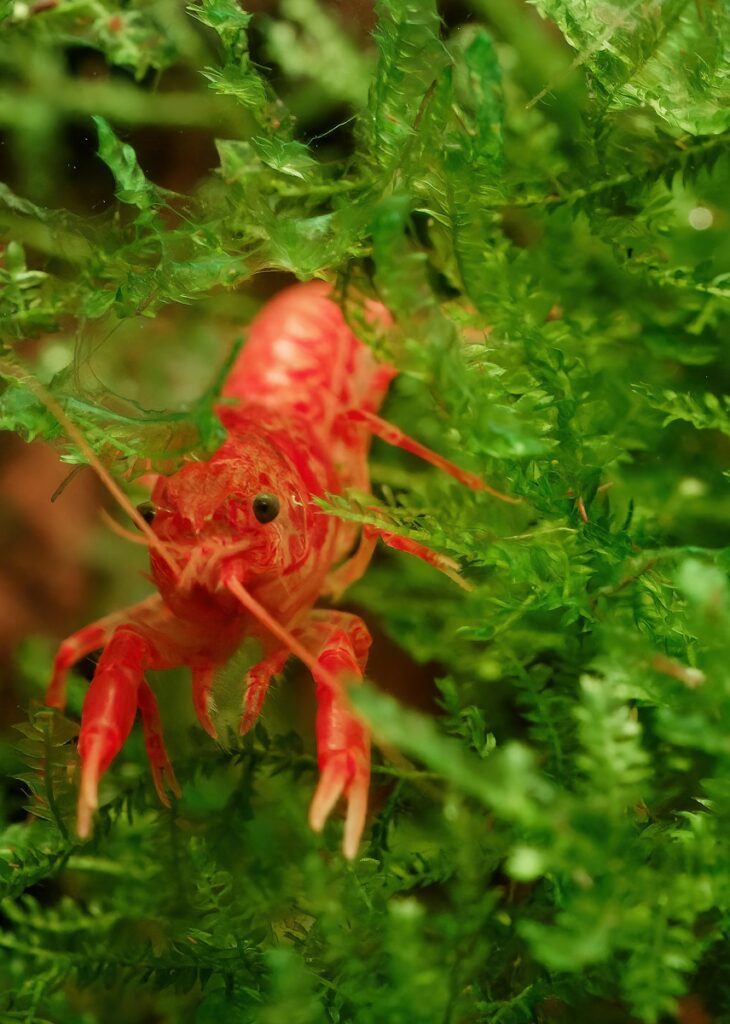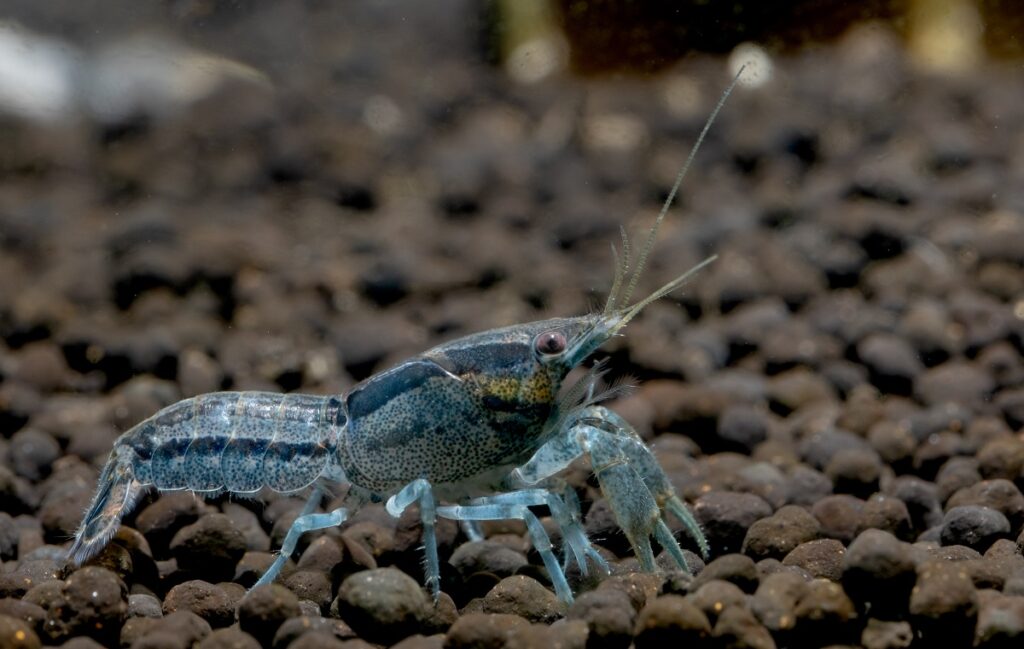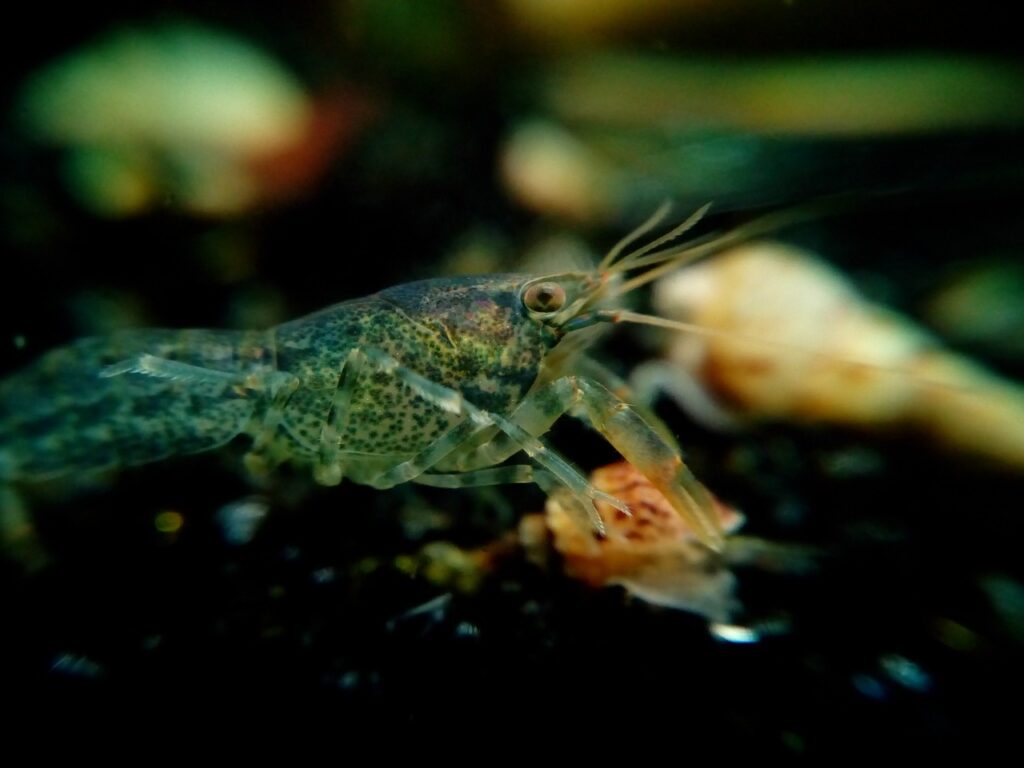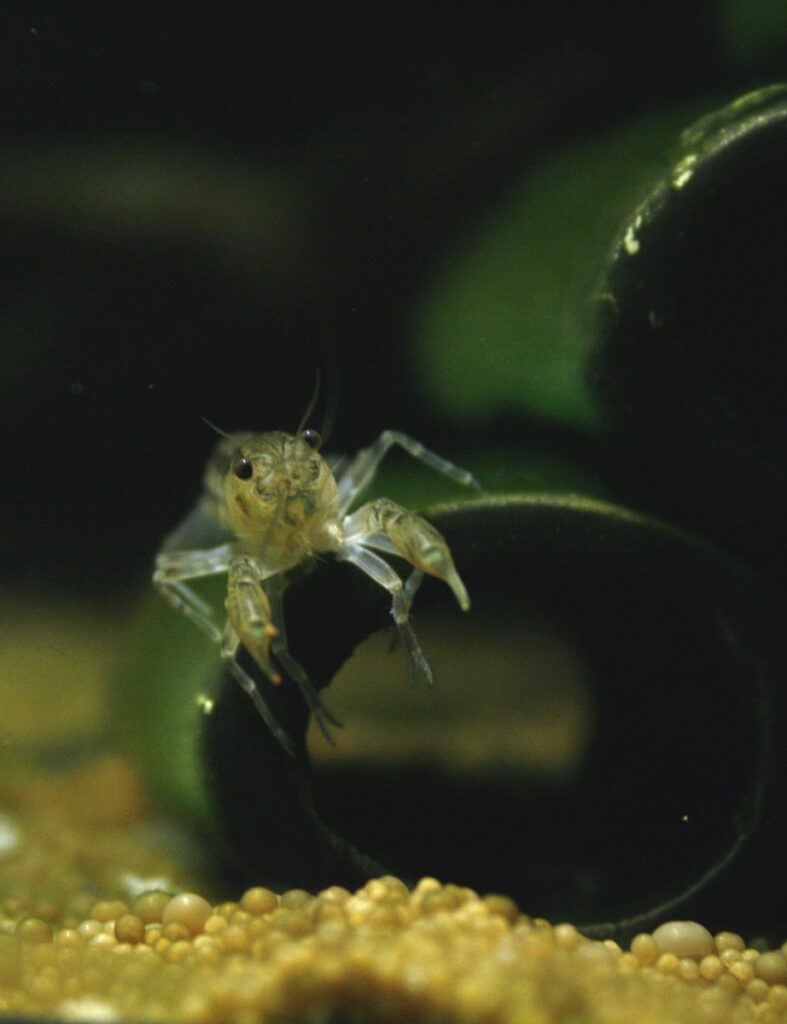6 Dwarf Crayfish For Your Aquarium
If you're setting up a new aquarium and looking for something different for a change, we've got just the thing for you. Let us introduce you to the genus Cambarellus, also known as dwarf crayfish. There are 19 different species, none of which regularly grow over 2" in length!
In this post, let's have a look at 6 of our favorite popular dwarf crayfish for the aquarium that you may come across at your local fish store. All are unaggressive (unlike many of their bigger cousins) and can be kept with dwarf shrimp. They are suitable for aquariums of 5 gallons and up.
Note: Crayfish, including dwarf crays, are known for being highly invasive. Please never release any crayfish, or any aquarium invertebrates, fish and plants for that matter, into the wild. They can wreak havoc on local ecosystems.
Table of Contents
Mexican dwarf crayfish (Cambarellus patzcuarensis)
Let's kick off the list with what is inarguably the most popular dwarf crayfish of them all. The Mexican dwarf crayfish (Cambarellus patzcuarensis) is naturally a drab brown, perfect for camouflage purposes. However, in the aquarium hobby, breeders encountered an orange color mutation. They created what is now known as the CPO: Cambarellus patzcuarensis "Orange", or the dwarf orange crayfish.
Nowadays, you can find dwarf orange crayfish at any pet store, and it's actually rare to come across the brown wild color for sale anymore. These crays have become worldwide favorites due to their peaceful nature and fun antics. They're also easy to breed: as long as you have a male and female, they will take care of the rest. Females will carry brownish eggs between their swimmerets for around a month before the tiny fry are released.
Interested? You can find everything you need to know about CPO crayfish in the full Mexican dwarf crayfish care guide. You can also buy these colorful inverts online at The Shrimp Farm!
Blue dwarf crayfish (Cambarellus texanus)
Another dwarf crayfish that has gained some popularity in recent years is the blue morph of Cambarellus texanus. It's known as the blue dwarf crayfish or blue brazos dwarf crayfish (with "brazos" being Spanish for "arms").
This species hasn't been around for very long yet. It wasn't scientifically described until 1973, based on specimens that had for decades been misidentified as C. puer, which we'll discuss below. It's naturally found in the Gulf coast plain of Texas (hence its name), where it shares its habitat with some of the other species on this list.
Cambarellus texanus is a perfect addition to small aquariums. It has loads of personality! Like all crayfish, it will spend part of the day hiding, but you'll also see it climb, forage, clean itself and even mount territorial displays when another blue brazos dwarf crayfish gets too close.
Did you know? The blue coloration in blue dwarf crayfish isn't entirely stable. They can sometimes revert to brown after a molt. Some sources mention this is due to the water pH being too high, but we can't find any scientific publications to confirm this.
Least crayfish (Cambarellus diminutus)
As both its common name and its Latin name suggest, the least crayfish is considered the smallest crayfish species around. They don't tend to grow much over 1" in length, especially the males. This means that an adult least crayfish may actually be smaller than a large female cherry shrimp!
As such, it's no surprise that these dwarf crays can be combined with shrimp just fine. They can be territorial towards their own species, but they will generally mind their own business and leave shrimp alone. Additionally, like most members of the Cambarellus genus, they're easy to care for, fun to watch and breed readily.
Like Cambarellus texanus, this species inhabits the Gulf coastal plain, although its range is limited to parts of Mississippi and Alabama. It's naturally a tan or light brown in color, but as with its cousin, blue color morphs are sometimes sold.
Cajun dwarf crayfish (Cambarellus shufeldtii)
Also known as the Louisiana dwarf crayfish, Cambarellus shufeldtii actually has a wide natural range. It's found in Louisiana, yes, but also as far north as Illinois! That being said, it's mostly common in the Gulf coastal plain, where it inhabits swamps, ditches, ponds and other shallow waters.
Like many other crayfish, this one will burrow into the mud if its habitat dries up. Its adaptability when it comes to temperature and water quality makes it a great species to keep in the aquarium. On top of that, it's shrimp-safe, just as feisty as larger crayfish and a quick breeder.
Color morphs of Cambarellus shufeldtii don't appear as common as those of other Cambarellus species, but they do exist. We've seen Cajun dwarf crays with varying degrees of blue, and also specimens that were orange rather than their normal tan, dotted pattern.
Swamp dwarf crayfish (Cambarellus puer)
Cambarellus puer, the swamp dwarf crayfish, is very similar to the aforementioned C. shufeldtii. This applies to their looks in particular, both can have two different pattern types: either dotted, like they're sprinkled with sand, or a neutral tan with horizontal brown stripes down the side.
There are also similarities when it comes to habitat and habits. The natural range of the swamp dwarf crayfish is very similar to that of its cousin. This species, too, is known for its habit of burrowing when the densely planted ponds, streams and ditches it prefers run dry.
Interestingly, one difference between C. puer and other Cambarellus species is that it has been found to tolerate brackish water conditions. It likely evolved to withstand higher salt levels because the coastal marshes it's often found in are regularly inundated with seawater due to hurricanes and floods. We haven't found any further research into the matter, but this dwarf crayfish may be suitable for low-grade brackish aquariums.
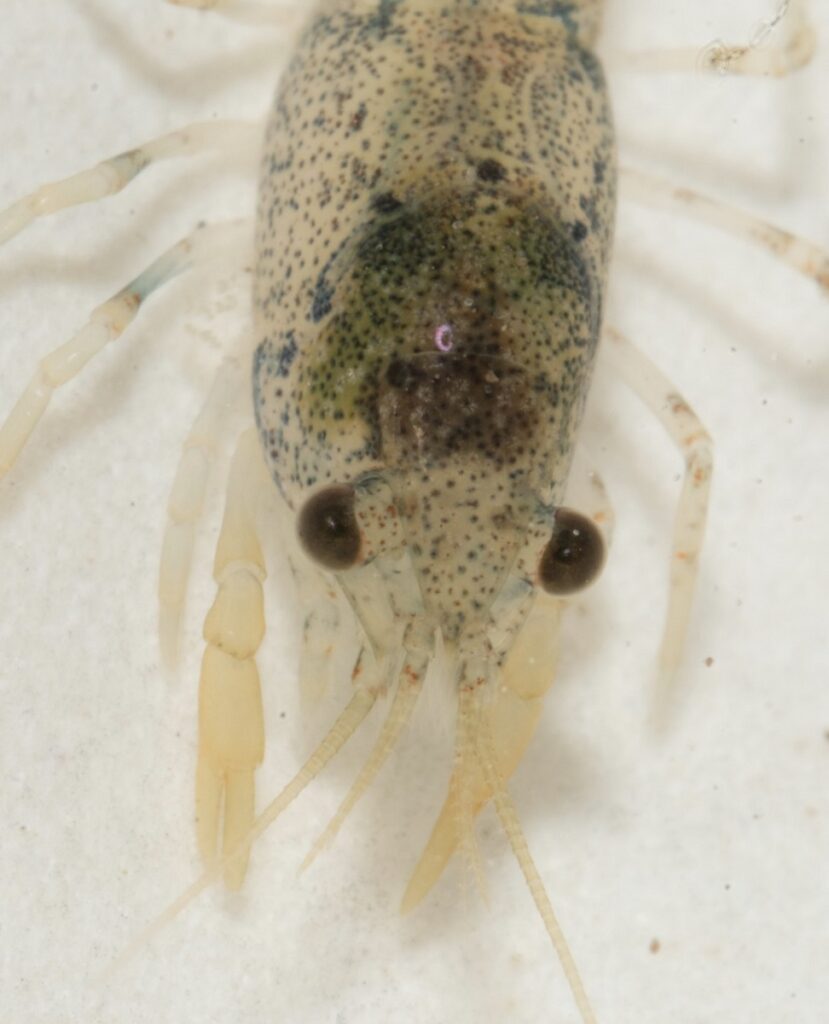
Montezuma dwarf crayfish (Cambarellus montezumae)
After a bunch of dwarf crayfish from the United States, let's close out the list with another Mexican species. The Montezuma dwarf crayfish is naturally found in the Mexican states of Puebla and Jalisco, where it inhabits densely planted ponds, canals, streams, lakes and more.
This dwarf cray can be told apart from the others on the list by its darker color. Its belly, legs and pincers are usually a sandy brown, but its back and the top of the head have a more muddy tone to them.
In its home country, Cambarellus montezumae isn't exactly known as an aquarium species. Instead, like many of the larger crayfish in the US, it's considered food! Locally known as acocil, it has been baked, boiled and used as a taco filling since long before the Spanish conquistadores set foot in what is now Mexico.
Frequently asked questions
Dwarf crayfish are not considered to be aggressive. If you see one eating a fish, it's likely the victim was already dead.
Yes, dwarf crayfish go well with (dwarf) shrimp.
As discussed in the full post on dwarf crayfish and Betta cohabitation, this combination can work out well, although Bettas are always a bit of a gamble. Some are just very cranky!
Dwarf crayfish for sale
As we've mentioned, dwarf crayfish have become quite popular in the aquarium hobby. If you're interested in keeping a few, you're in luck: most aquarium stores carry at least one or two species. If you don't manage to find them, you can try online as well.
The dwarf orange crayfish (Cambarellus patzcuarensis 'Orange') is the most popular of all dwarf crays. We love the bright orange coloration on this morph, which is why we carry it in the Shrimp Farm online store!
Did you know? The different Cambarellus dwarf crayfish species can be very similar to each other in looks. what doesn't make matters any less complicated is that they can and do interbreed. It's probably not uncommon to find hybrids in your local aquarium store!



 Shrimp
Shrimp Fish
Fish Crab &
Crab & Plants
Plants Foods
Foods Snails
Snails